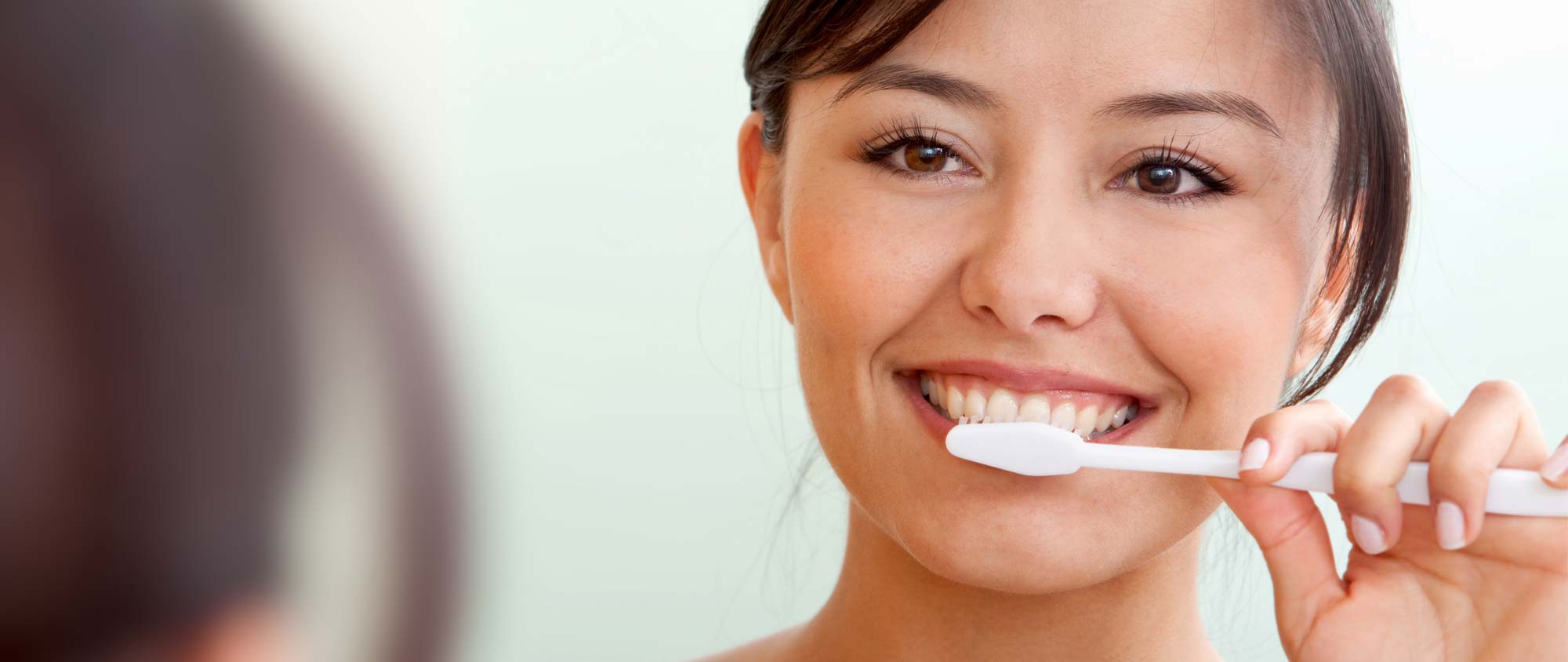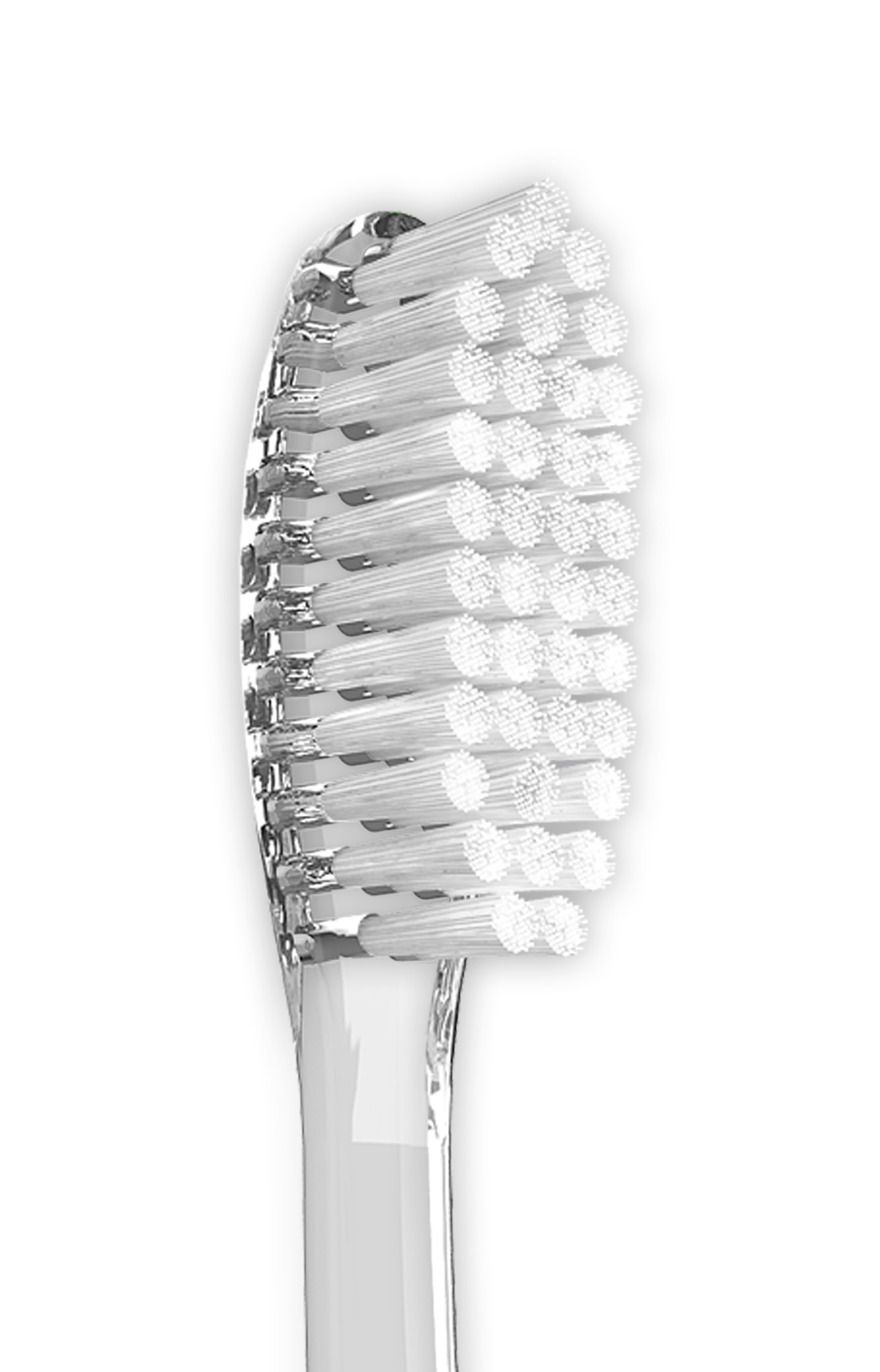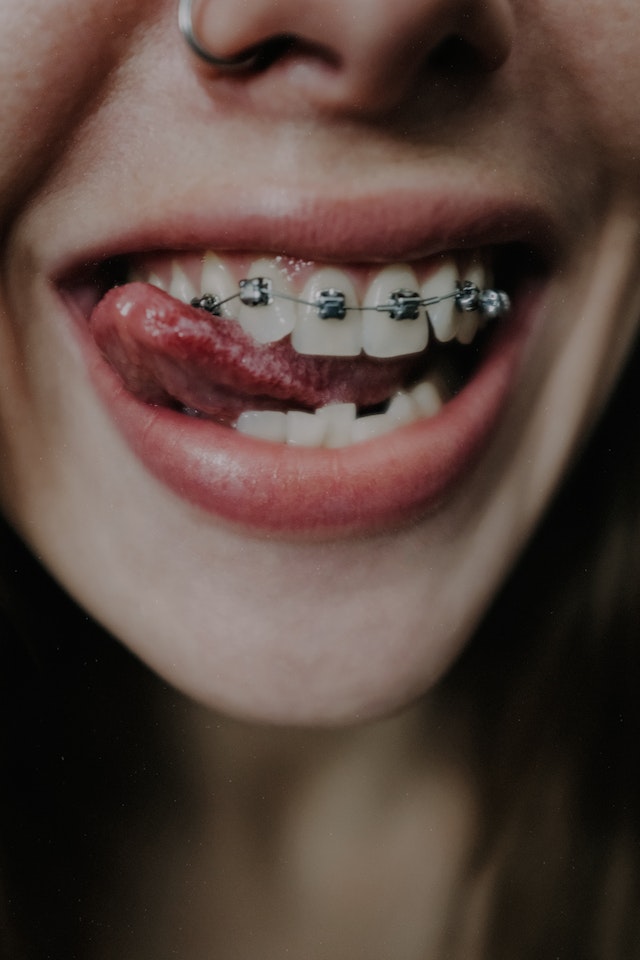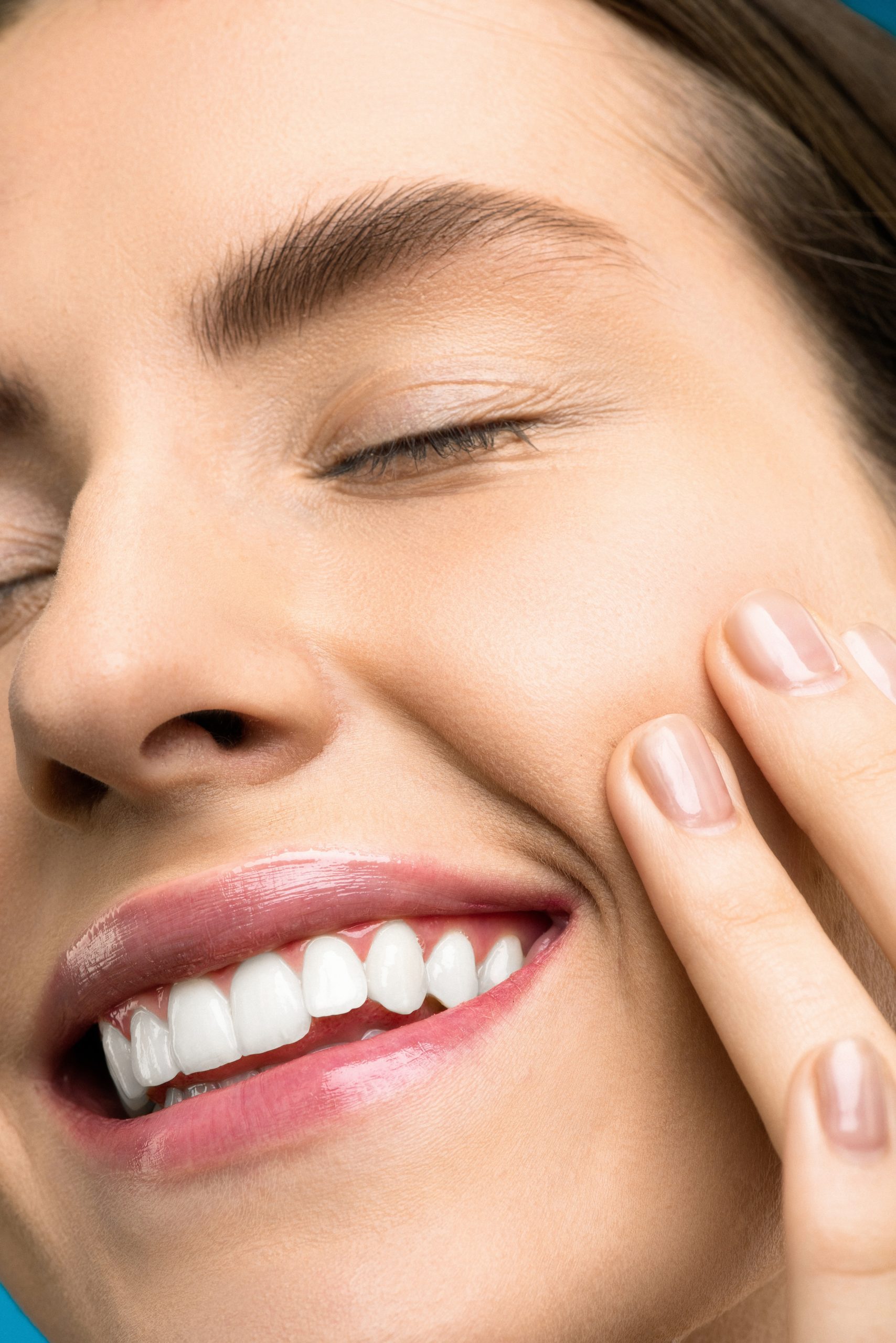Brushing for just 2 minutes can reduce plaque by 80%
Daily brushing and cleaning between your teeth is important because it removes plaque. If the plaque isn’t removed, it continues to build up, feeding on the food debris left behind and causing tooth decay and gum disease.
When you eat food containing sugars and starches, the bacteria in plaque produce acids, which attack tooth enamel. The stickiness of the plaque keeps these acids in contact with teeth. After this happens many times, the tooth enamel can break down forming a hole or cavity.
Plaque can harden into something called calculus another name for it is ‘tartar’. As calculus forms near the gumline, the plaque underneath releases poisons causing the gums to become irritated and inflame
Your dentist or dental hygienist will be able to recommend a toothbrush to you. However, adults should choose a small to medium size brush with soft to medium multi-tufted, round-ended nylon bristles or ‘filaments’. The head should be small enough to get into all parts of the mouth: especially the back of the mouth where cleaning can be difficult. Children need to use smaller brushes but with the same type of filaments.
You can now get more specialised toothbrushes. For instance, people with sensitive teeth can now use softer bristled brushes. There are also smaller headed toothbrushes for those people
How should I brush?
Brushing removes plaque and food particles from the inner, outer and biting surfaces of your teeth.
Here is one method of removing plaque:
- Place the head of your toothbrush against your teeth and angle against the gumline. Move the brush in small circular movements, several times, on all the surfaces of each individual tooth.
- Brush the outer surfaces of each tooth, upper and lower, keeping the bristles angled against the gumline.
- Use the same method on the inside surfaces of all your teeth.
- Brush the chewing surfaces of the teeth.
- To clean the inside surfaces of the front teeth, tilt the brush vertically and make several small circular strokes with the toe (the front part) of the brush.
- Brushing your tongue will help freshen your breath and will clean your mouth by removing bacteria.
Clean teeth are stronger teeth
Be sure to brush thoroughly with a fluoride toothpaste at least twice a day, more often if your dentist recommends it. If you keep getting discomfort or bleeding after brushing go to see your dentist about it.
“I just didn’t realise how important good oral hygiene was until I thought it was too late. Dr. Nikhil Girdhar reassured me and set me on a road to strong, healthy teeth and complete peace of mind.”
Rajesh Kumar • Patient
Gum disease (gingivitis) will show itself as red, swollen gums that bleed when brushed or flossed. Many people are alarmed when they notice this bleeding and will then brush more gently, if at all. It is important that you continue to clean regularly and firmly in order to fight the condition.










Leave A Comment